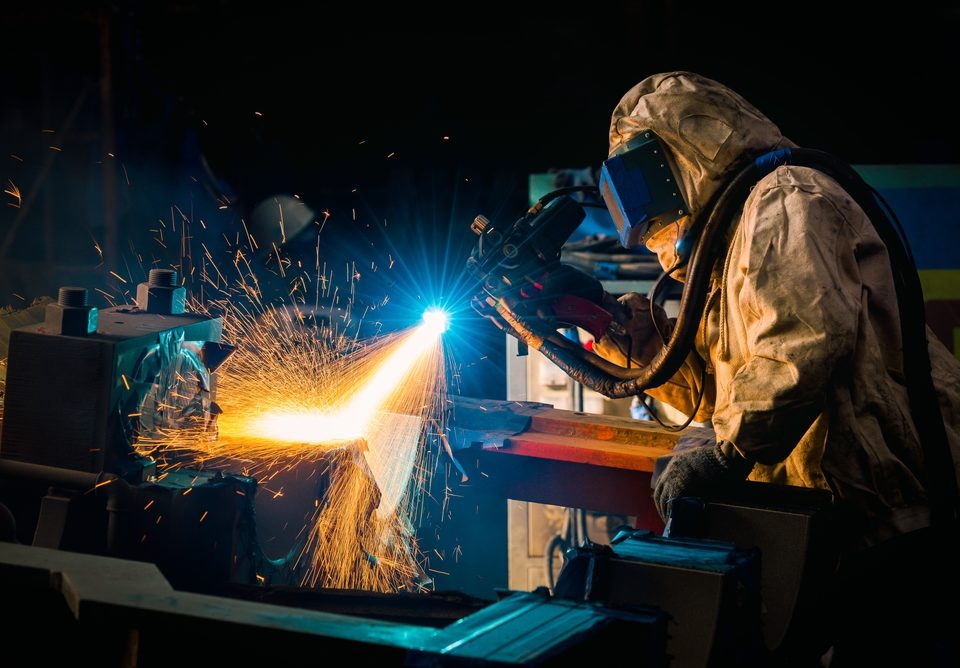What Steel is Used for in Bridges

Can You Powder Coat Stainless Steel?
April 25, 2024Steel has numerous benefits when it comes to construction and various related uses, and the creation and maintenance of bridges on our roadways is a great example. There are virtually no limitations to what steel is used for when it comes to bridge construction, and this material offers several major advantages over others.
At Wasatch Steel, we offer a huge range of steel sales and steel supply services to clients around Salt Lake City and other parts of Utah, including options like steel tube that are regularly used in bridges and other forms of construction. Here are some of the top reasons why steel is regularly used for bridges, some examples of what steel is used for within bridge construction, and more.
Steel is Lightweight
One of the key reasons why steel is a popular choice for bridge construction is because it is relatively lightweight compared to other materials. This makes it much easier and more efficient to transport, handle, and install on site. In addition, the use of lighter materials means that less support or substructure may be required for the bridge, which can save on costs and time in the construction process.
Steel is Strong and Durable
Apart from being lightweight, steel is also incredibly strong and durable. This makes it a reliable choice for heavy-duty structures like bridges that need to withstand significant weight and forces over time. Steel can also withstand extreme weather conditions, such as high winds, earthquakes, and heavy snow loads without compromising its structural integrity.
Steel Offers Design Flexibility
Steel is a highly versatile material that can be molded and shaped into various forms, allowing for greater design flexibility when it comes to bridge construction. This means that engineers and architects have more options for creating unique and complex bridge designs that are not only functional but also aesthetically pleasing.
Steel is Cost-Effective
When compared to other materials like concrete or wood, steel may initially seem like a more expensive option. However, in the long run, steel can actually be more cost-effective due to its durability and low maintenance requirements. This can lead to significant savings on repairs and replacements over time, making it a wise investment for bridge construction projects.
Steel is Sustainable
Another advantage of steel is that it is a highly sustainable material. It can be recycled and reused multiple times without losing its structural strength, making it a more environmentally friendly choice for bridge construction. This also helps to reduce the demand for new materials, decreasing the carbon footprint of the construction industry.
Examples of Steel Used in Bridges
Steel is used in various forms and functions within bridge construction. Some common examples include steel beams for the main structure of the bridge, steel cables for suspension bridges, and steel rebar for reinforcing concrete structures in bridge decks. Steel is also used in bridge accessories like handrails, guardrails, and expansion joints.
Kinds of Bridges Steel is Used For
There are a number of different bridge types out there, and steel is utilized for many of them. Here are some top examples, plus info on why steel is beneficial for them:
- Beam bridges: Also known as a composite bridge, the beam bridge is the most common type of bridge that uses steel. Beam bridges are comprised of a horizontal beam supported by piers or abutments on each end. Steel is often used for the main beam due to its strength and durability.
- Suspension bridges: These types of bridges have steel cables suspended from towers that support the weight of the bridge deck. Steel is ideal for this type of bridge because it has high tensile strength (ability to resist stretching) and can handle large amounts of weight.
- Arch bridges: In arch bridges, steel is used to create the arch shape that supports the weight of the bridge. Steel’s strength and flexibility make it a suitable material for this type of bridge, which is often used for longer spans.
- Truss bridges: Truss bridges are made up of interconnected steel triangles that distribute weight evenly across the bridge structure. They are commonly used in areas with heavy traffic or where large spans are required, and steel’s strength makes it an ideal choice for this type of bridge.
- Cable-stayed bridges: Similar to suspension bridges, but with shorter cables, cable-stayed bridges use steel pylons to support the weight of the bridge deck. The flexibility and strength of steel make it a perfect material for this type of bridge.
Steel is an essential material in modern bridge construction due to its many advantages such as lightweight, strength, design flexibility, cost-effectiveness, and sustainability. Its versatility allows for a wide range of bridge designs, and its durability ensures long-lasting structures. As technology and construction techniques continue to advance, steel will remain an integral part of the ever-evolving world of bridge building.
At Wasatch Steel, we are proud to provide top-quality steel materials for all types of construction projects, including bridges, to help build a stronger and more efficient future. Contact us today to buy steel for any need around SLC or nearby areas of Utah!



